Exceptional adaptogenic mushroom formulations, drawn from nature, for high-performing individuals.
Life. Elevated.
Learn More
Retailers

Exceptional adaptogenic mushroom formulations, drawn from nature, for high-performing individuals.
Life. Elevated.
Retailers